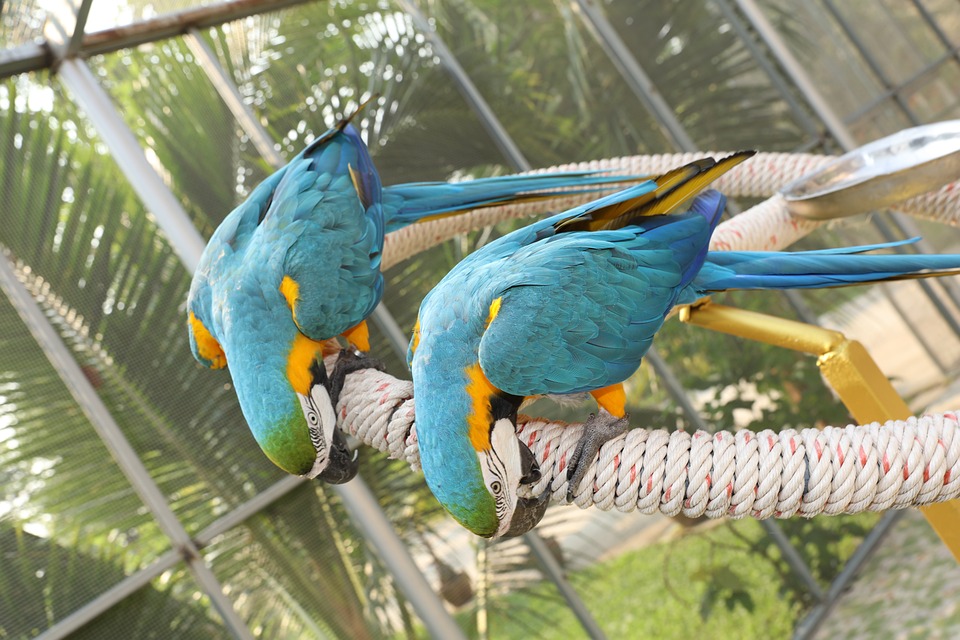Parrots are incredibly intelligent and social creatures that can be trained to perform a wide range of tricks, behaviors, and commands. Training your parrot not only stimulates their minds but also strengthens the bond between you and your feathered friend. To ensure effective training and monitor progress, creating a parrot training progress board can be an invaluable tool. In this article, we will guide you through the process of setting up a training progress board and offer answers to frequently asked questions.
Why is a Training Progress Board Beneficial?
A training progress board serves as a visual representation of your parrot’s progress and achievements. It allows you to track the milestones reached, identify areas that need improvement, and adjust your training techniques accordingly. By using a training progress board, you can stay organized, motivated, and ensure consistent training sessions.
Setting Up Your Parrot Training Progress Board
1. Choose the Right Board: Start by selecting a suitable board to serve as the foundation of your training progress board. A whiteboard or corkboard is ideal as it provides a blank canvas for customization and easy rearrangement.
2. Divide the Board: Divide the board into different sections. For example, create sections for tricks, commands, behaviors, and milestones. You can use colored tape, markers, or stickers to create visually distinct sections.
3. Create Columns: Within each section, create columns to track progress. Label the columns with relevant headings such as “Date,” “Command,” “Success Rate,” and “Notes.” These columns will allow you to record the progress and make notes during each training session.
4. Add Visuals: Enhance the visual appeal of your training progress board by adding pictures or illustrations of your parrot performing specific tricks or behaviors. These visuals can serve as a reminder of the end goal and provide motivation during training sessions.
5. Utilize Color Coding: Consider using color-coded markers or stickers to denote different levels of progress. For instance, green can represent successful completion, yellow can indicate ongoing training, and red can signify areas needing improvement.
Frequently Asked Questions (FAQs)
Q: How often should I update my training progress board?
A: It is recommended to update your training progress board after each training session. This will allow you to keep track of your parrot’s progress in real-time and make any necessary adjustments to your training approach.
Q: What should I do if my parrot is not making progress?
A: If you notice a lack of progress, it is crucial to evaluate your training techniques and consider possible reasons behind the plateau. Seek advice from experienced parrot trainers or avian behaviorists who can provide guidance tailored to your parrot’s specific needs.
Q: Can I use a digital platform instead of a physical board?
A: Absolutely! If you prefer a digital approach, you can create a training progress spreadsheet or use specialized apps designed for tracking parrot training progress. The key is to choose a method that works best for you and allows for easy tracking and visualization of your parrot’s progress.
Q: Are there any specific training milestones I should include on the progress board?
A: The training milestones you choose to include will depend on your parrot’s individual abilities and the goals you have set. Some common milestones to consider are successfully performing specific tricks, mastering commands, or overcoming behavioral challenges.
Q: How long does it typically take to see progress in parrot training?
A: The timeline for progress can vary significantly depending on the parrot’s breed, age, previous training experience, and individual personality. Some parrots may show progress in a matter of days, while others may take weeks or even months. Patience, consistency, and positive reinforcement are key to successful training.
Creating a parrot training progress board allows you to monitor your parrot’s progress, identify areas for improvement, and celebrate achievements along the way. Remember, training should always be a positive and rewarding experience for both you and your parrot. So, grab your markers, set up your training progress board, and embark on an exciting journey of parrot training and growth!









